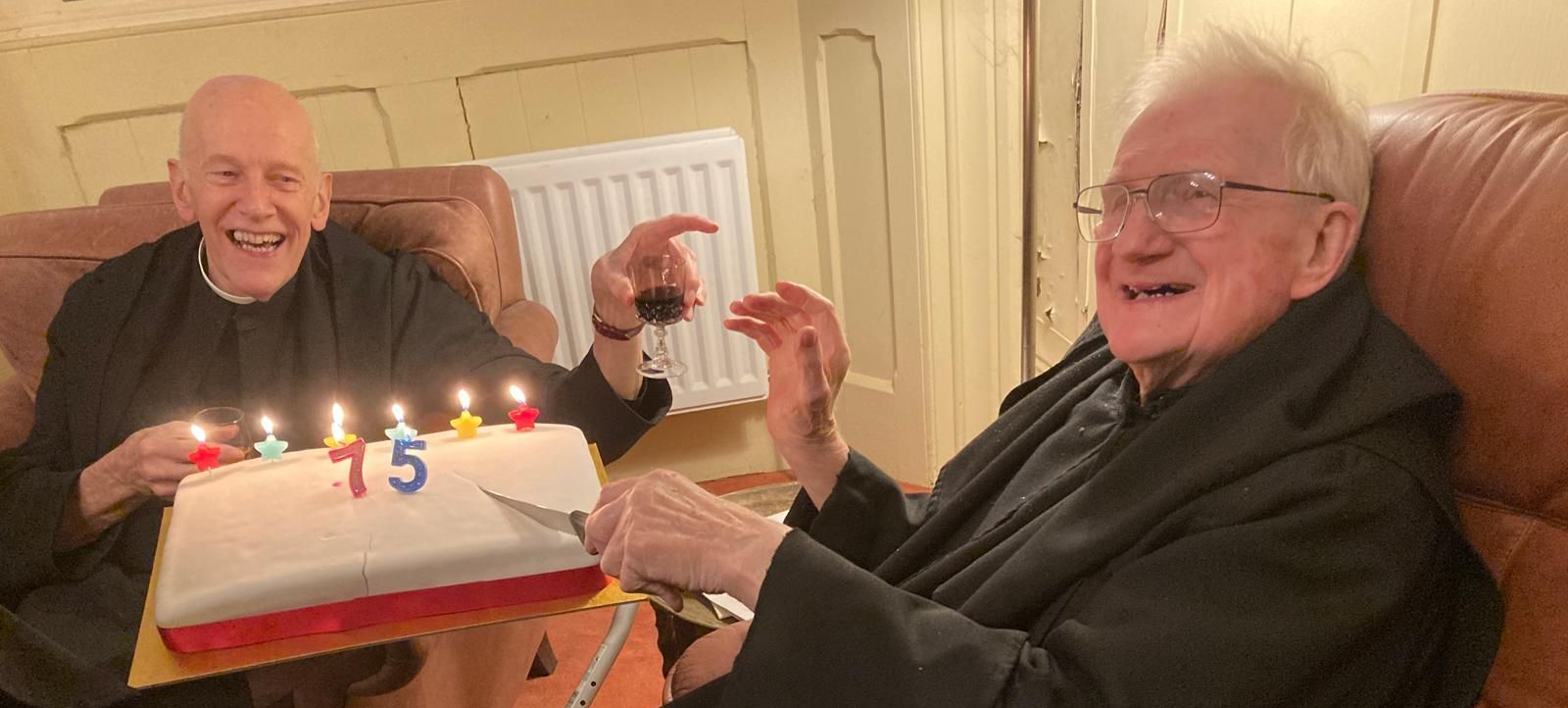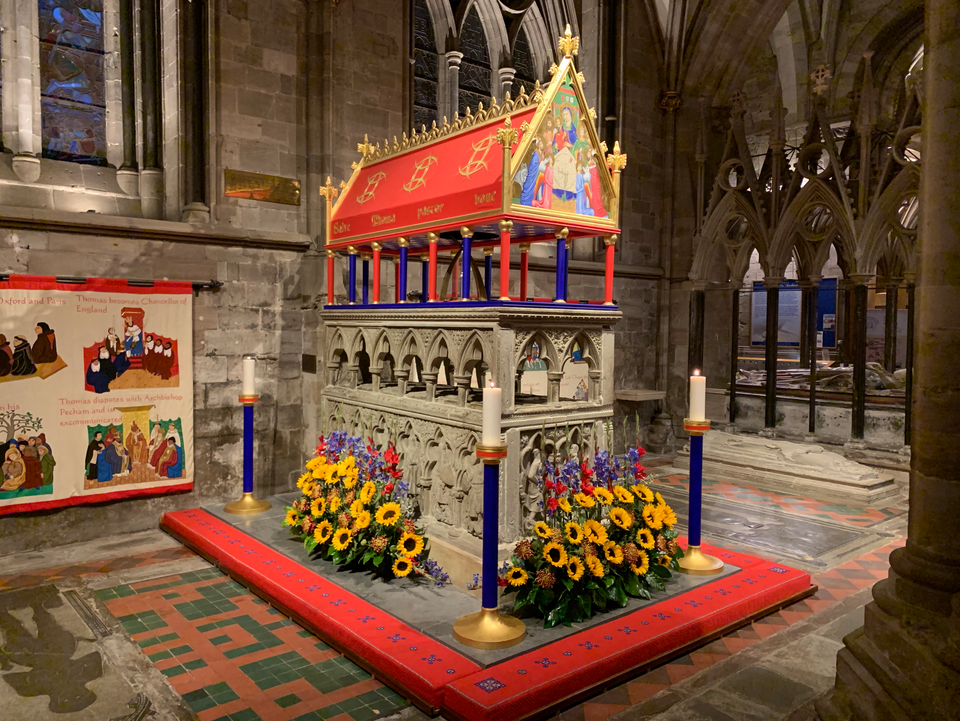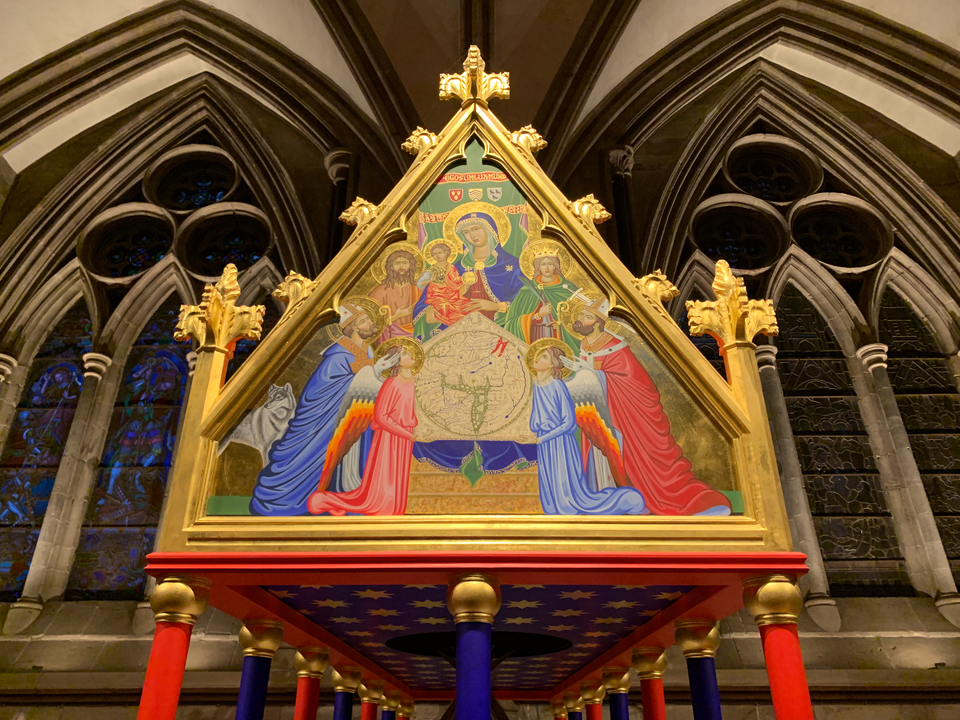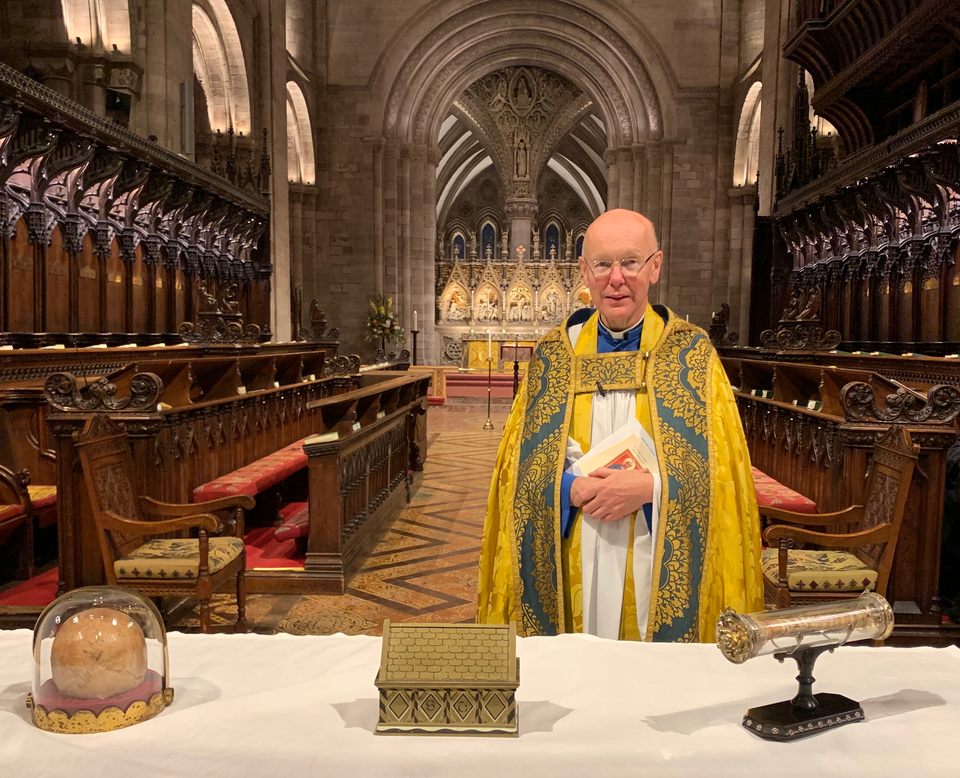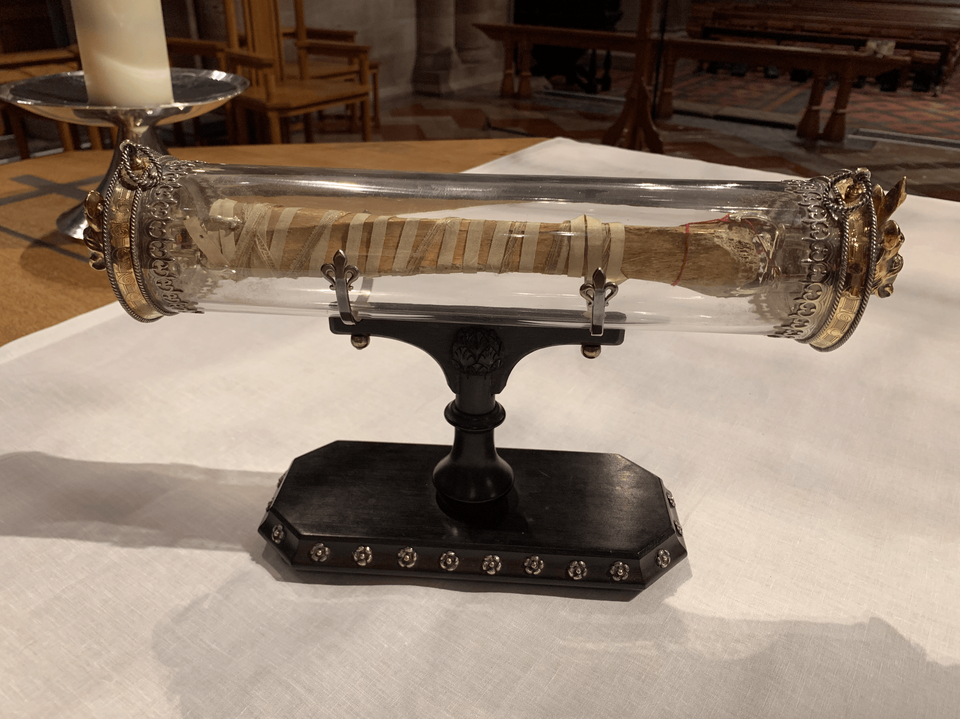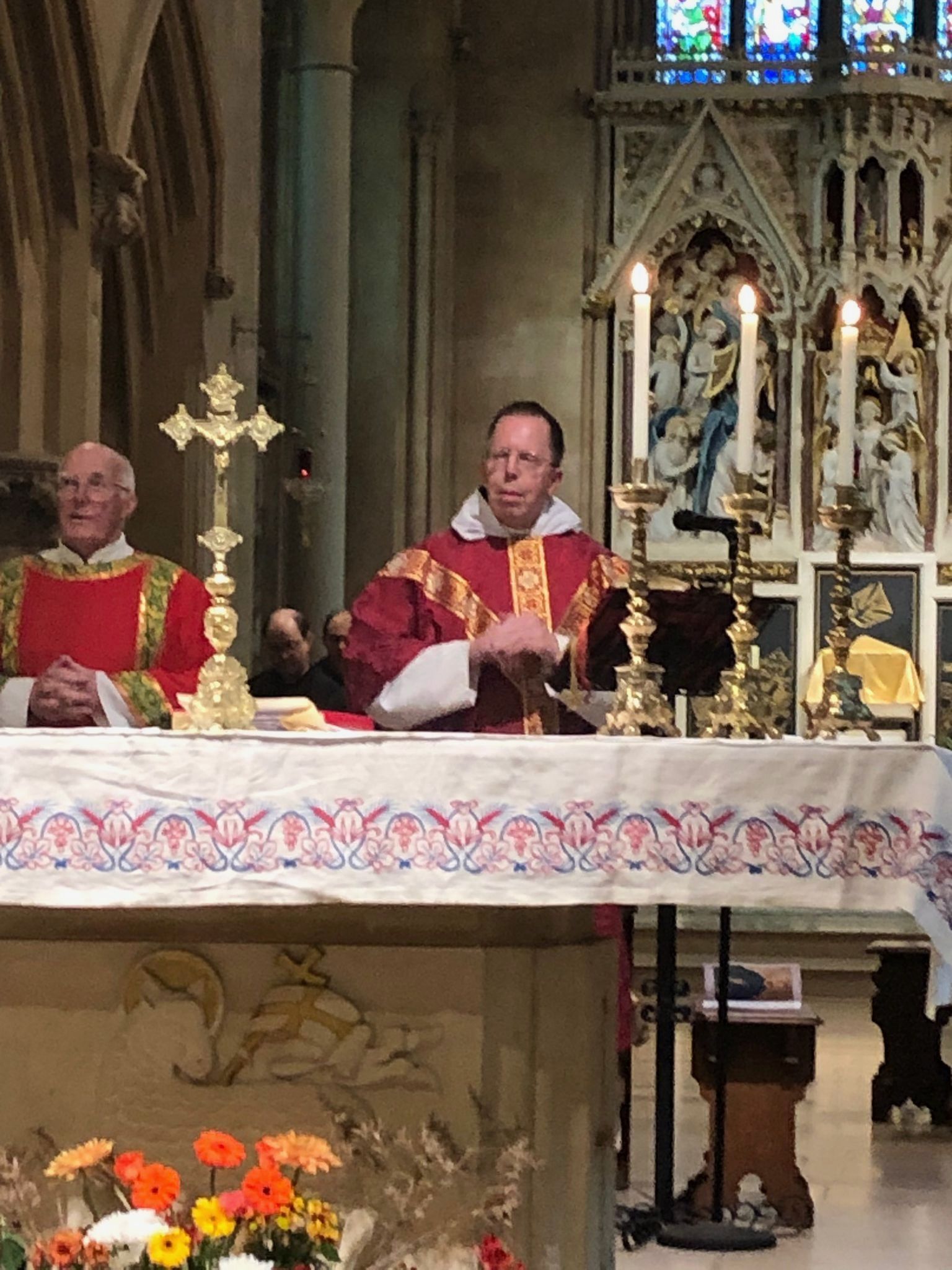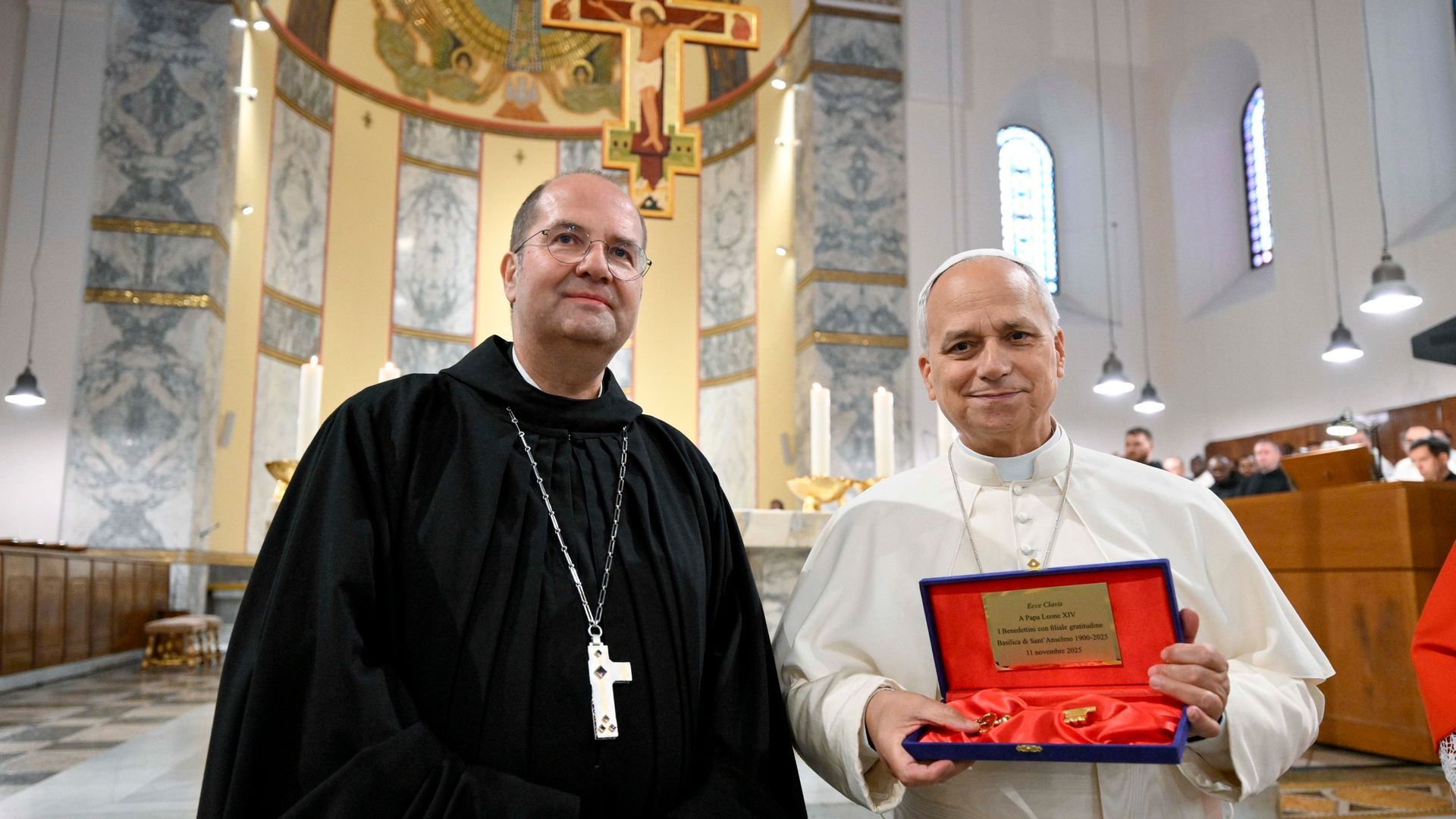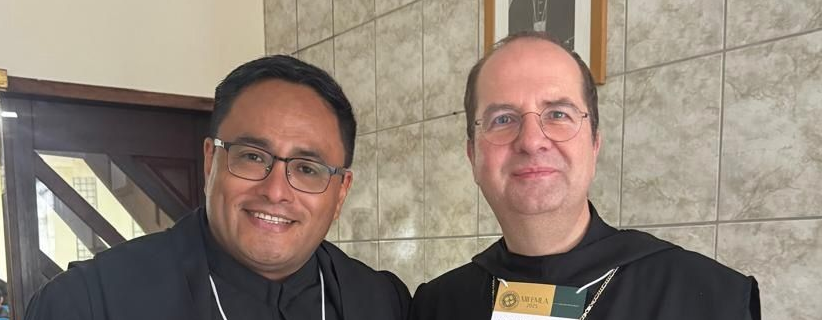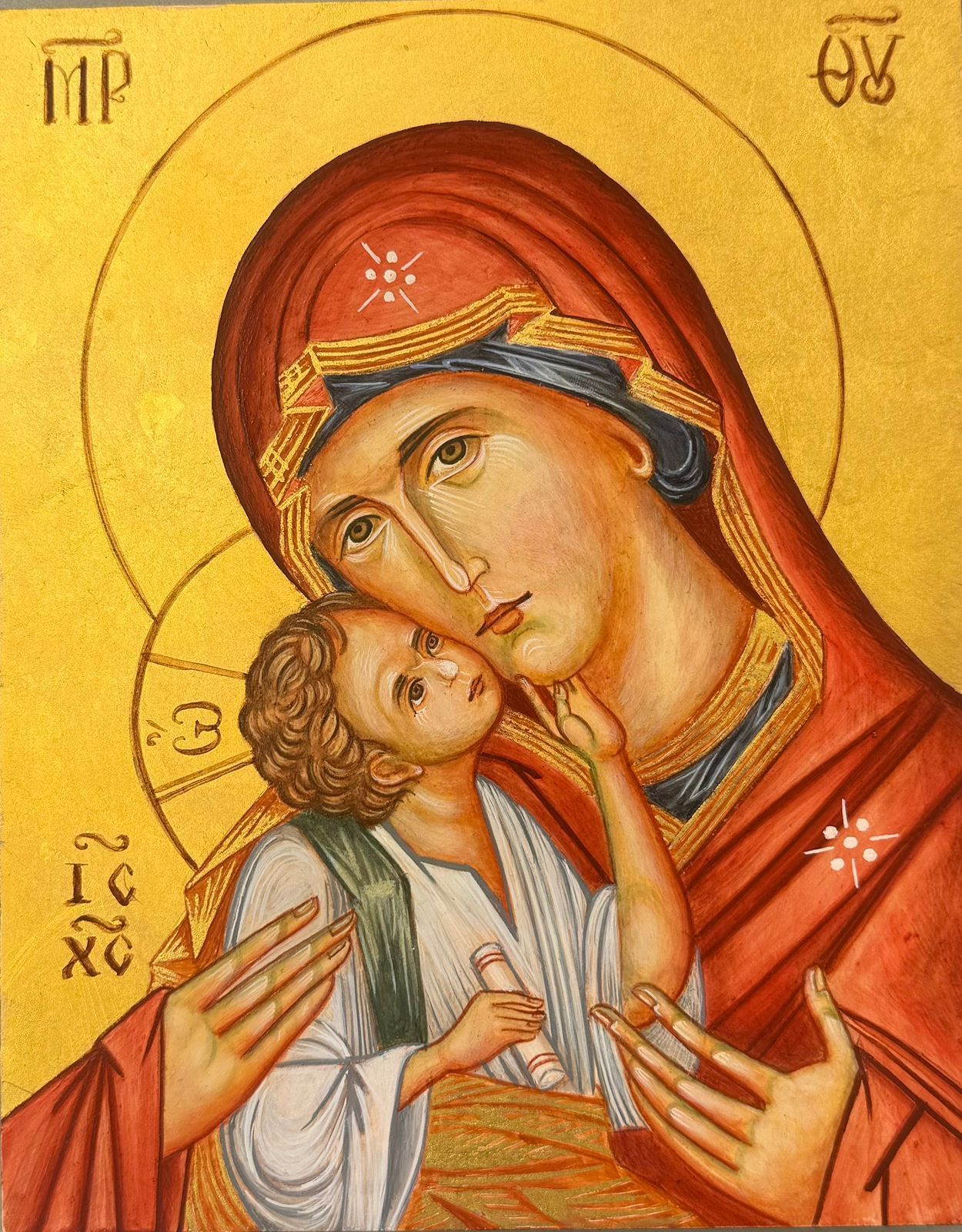St Thomas of Hereford: A Life to Remember
As we mark this coming year the 700th anniversary of the canonisation of St Thomas Cantilupe, Dean Michael Tavinor of Hereford Cathedral recounts his remarkable life and the respect and devotion he inspired.
Most saints have to be content with one feast day! Several saints have two, but Hereford’s own St Thomas has a grand total of three! Born into a noble family, Thomas Cantilupe was a bright child and studied at Oxford and Paris.
Entering the world of politics he became
Chancellor to Edward I and, in 1275 was consecrated bishop of Hereford. From all accounts he was a faithful and hard-working pastor in this
diocese.
But he was feisty (he is said to have had red hair!) and he fell into an argument with John Pecham, archbishop of Canterbury about land rights in the diocese of Hereford. The dispute became so fierce that Pecham excommunicated Cantilupe – a terrible punishment, as it denied to the person so sentenced the benefits of Church and Sacrament, and worse still, denied any chance of bliss in the hereafter. Cantilupe, determined to clear his name set off in March 1282 to plead his cause with Pope Martin IV. With his entourage, he travelled from Hereford, via Paris, Nimes and Genoa, arriving at Montefiascone, near Orvieto in August. Here he is said to have been received well by the Pope and received absolution. But his health rapidly deteriorated – he contracted a fever and died on this day in 1282. His body was boiled, to remove the flesh from the bones – the flesh buried at the monastery of San Severo, outside Orvieto. Cantilupe’s heart was brought back to England and placed in the care of a college of canons at Ashridge in Hertfordshire, while his bones were brought back to Hereford, for interment in his cathedral.
From the moment of his death, Richard Swinfield, Cantilupe’s successor, saw it as his duty to be responsible for his master’s body but also to drive a campaign for him to be canonised as one revered for his holiness. It was no easy task.
On Maundy Thursday, April 3 1287, Cantilupe’s bones were removed from the Lady Chapel and laid in an altar-type tomb whch had already been constructed for him, in the north transept. No long before that, the first miracle of healing had taken place –Edith, wife of Robert, an ironmonger and one known as a ‘furiosa’ or afflicted by madness. It was by rapid word of mouth that the news spread to bring the people, at first from Hereford and neighbouring parishes and later, from further field. The popularity of Cantilupe’s shrine was short – little more than twenty years. Nearly five hundred miracles were recorded by the tomb-custodians between 1287 and 1312, but the peak occurred at the start of the cult in April 1287 when 71 miracles were recorded.
The miracles reflect a huge range of healing incidents:
The blind received sight, the lame made to walk, the demented restored to reason. A large proportion of the miracles are of restoration to life after apparent death by accidents of drowning or smothering or even after execution by hanging.
Many miracles involve children – a Tewkesbury boy ‘died’ in a cask of beer and a London child drowned in a rain barrel by the hall door – Thomas effected their resuscitations.
A wine ship from Gascony, was caught in a storm in the Irish Sea. After her Bristol master advised the crew to pray to Cantilupe, the storm abated.
Cantilupe’s powers extended to animals and birds as well as to the elements and humans. A Cornish knight’s falcon was trampled by his squire’s horse. The knight bent a penny over it for Thomas, then, cradling it in his hood or cap, rode away. The bird recovered en route. The accounts of the state of the sick and bereaved who came to the shrine throw a brilliant light upon conditions of ordinary life in these times.
At the 1307 visit by commissioners to Hereford, an inventory was made of the non-monetary offerings made at the shrine:
170 ships in silver and 41 in wax
129 images of men or their limbs in silver, 1424 in wax
77 images of animals and birds of diverse species
108 crutches
3 vehicles in wood and 1 in wax, left by cured cripples
97 night gowns
116 gold and silver rings and brooches
38 garments of gold thread and silk.
In 1290, Richard Swinfield, Cantilupe’s successor as bishop, appealed to Pope Nicholas IV to consider the canonisation of Thomas, and this was followed in the next few years by appeals from fifteen other bishops, King Edward I, the archbishop of York, seven abbots, eleven counts and numerous barons and noblemen who also wrote proclaiming Thomas’ virtues and miraculous powers.
In 1307 commissioners embarked on a process of enquiry – conducted in Hereford and in London. Their enquiry interviewed those who had known Cantilupe personally or who had claimed his miraculous intervention in their favour. Thye evidence incudes testimony regarding Cantilupe’s life and miracles, lists of the miracles arranged both in chronological order and according to type and inventories of offerings at the shrine. Hereford’s ‘postulator’ was Henry de Shorne, a canon of the cathedral and doctor of canon law. The enquiry in London ran for four weeks from 13 July until 12 August, after which the commissioners turned their attention to Hereford, where the enquiry concluded on 12 November.
For all the rigour of the enquiry, canonization was still not granted. It must have seemed as if Cantilupe’s cause, like that of other saintly bishops who were candidates for canonization in those times Robert gossteste of Lincoln, Walter de Suffield of Norwich, Cantilupe’s own uncle, Walter of Worcester, would come to nothing. – indeed, Swinfield died in 1317 without seeing the successful conclusion of his life’s work. He was succeeded by Adam de Orleton who continued the process. Edward II wrote urging the canonization.
Eventually on Thursday 17 April 1320 Pope John XXII went to the church of Notre Dame des Doms in Avignon and with his brother cardinals, proceed to canonise Thomas. The pope preached on the text: ‘He was tried and found perfect and he shall be in glory’. (Sirach 31: 10).
The cult surrounding Thomas Cantilupe has many resonances with that of Thomas Becket, although the time taken for their respective canonisations was very different. Becket and Cantilupe appear together in iconography
From the Bull of Pope John XXII for the canonization of Thomas Cantilupe
At
length the saint, from being an innocent lamb, was made a good shepherd in the
church of Hereford, and ever studying to advance from virtue to virtue from the
time when he was placed in so high a position in the temple of God, so shone as
to be called the very jewel of bioshops.
He went before his sheep to the pastures, defended them from fierce wolves and led them back to christ’s sheepfolds, fed them by word and example. He stoutly defended the rights of his church, having put on justice as a breastplate. Thus this blessed man, in committing his soul to God, from being a stranger and pilgrim became an illustrious citizen of heaven.
Previous bishops were ‘re-housed’ in tombs in each choir aisle, no doubt to exult the office of bishop and to proclaim to pilgrims and visitors, on their way to the Lady Chapel shrine, that at least one of the company of bishops had achieved sainthood! At the Reformation, the Lady Chapel shrine was destroyed but the relics found their way into the hands of devout Catholics, in whose homes they became the focus for veneration. In the early 17th century, a local priest, William Ely became their custodian, and, through his influence, in 1610, they were even carried in a private procession by night to ask the saint’s intercession in averting the plague which threatened the city. The subsequent history of the relics is fascinating and complex - the skull found its way to the abbey of Lambspring in Germany, where it was discovered in 1881 and brought back to England, where it now rests at Downside Abbey. The tibia, or right shin bone is now at Holywell in North Wales, in a reliquary made by the great Victorian craftsman, Hardman of Birmingham. Other smaller relics are at Belmont Abbey and in the reliquary within the saint’s restored shrine in the north transept of Hereford Cathedral.
Further details of the Centenary celebrations can be found on the Hereford Cathedral website:
https://www.herefordcathedral.org/news/700-years-of-st-thomas-cantilupe
The full Programme of Events
https://www.herefordcathedral.org/Handlers/Download.ashx?IDMF=269ac3e4-cee1-4f33-9975-05cd750d1ece
